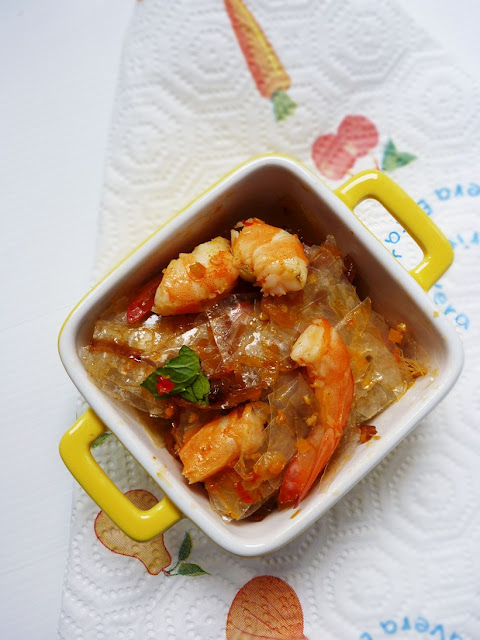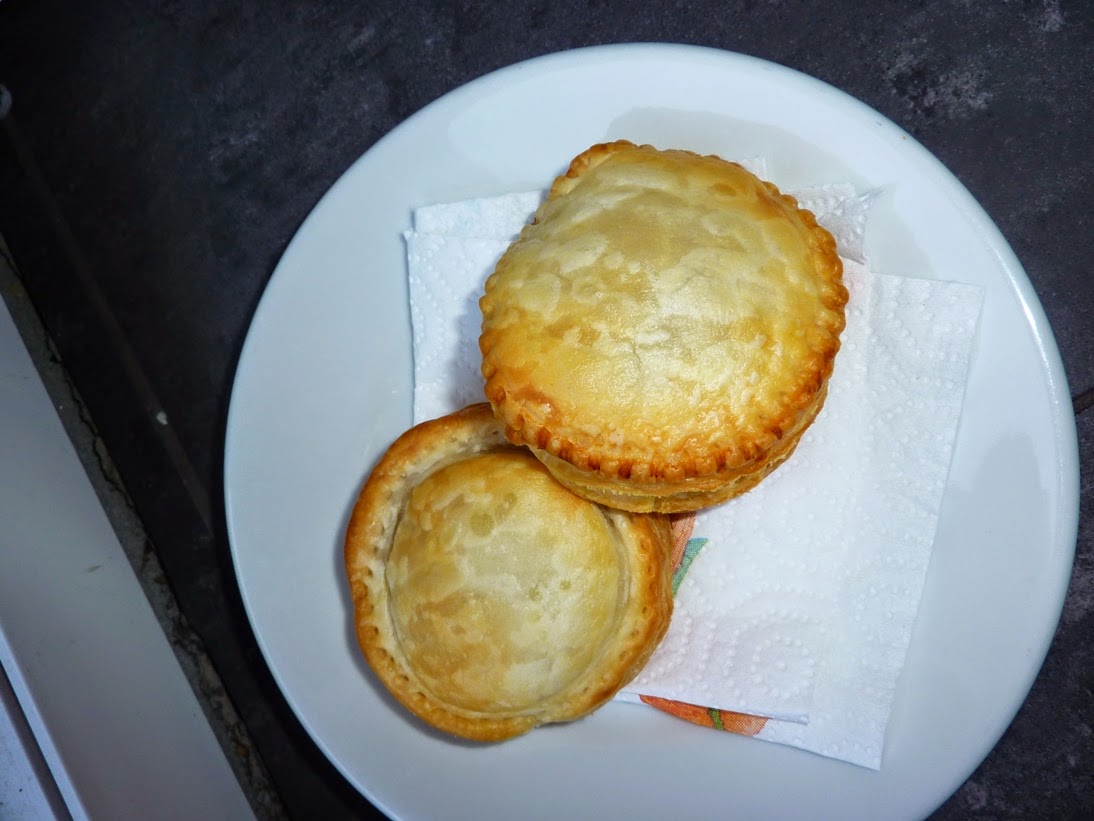Baby safety: How to baby-proof your home
http://www.cnn.com/HEALTH/library/PR/00042.html
s your baby becomes more mobile, exploration becomes the name of the game. Rocking, rolling and sitting soon give way to crawling, climbing and cruising along the furniture. But your baby's budding curiosity and inexperience can be a dangerous mix. As you marvel at each milestone, make baby safety a priority.
Get on your hands and knees
From the floor, your baby's view may be different from yours. Crawl from room to room, picking up small or fragile objects that may fit in your baby's mouth and pose a choking hazard — including nuts, grapes, buttons, pen caps and other stray items that may have fallen on the floor.
Cords and strings
Babies tend to pull and grab at any cord or string they can reach. Keep electrical, telephone and window-blind cords tied up and inaccessible — especially near your baby's crib.
Sometimes clothing poses a similar hazard. Make sure your baby's clothes fit properly. An agile baby may wriggle out of a too-big shirt and twist it around his or her neck with surprising speed. Also check your child's clothes for loose strings, ribbons or strips of fabric. Avoid necklaces, headbands and drawstring hoods.
Crib notes
Make sure your child's crib is safe.
* Keep soft, fluffy or loose bedding and stuffed toys out of your baby's crib. Remove bumper pads as soon as your child can pull up to a standing position — or skip the pads entirely.
* Make sure the crib railings are no more than 2 3/8 inches apart, and the crib sides are flush with the headboard and footboard.
* Avoid antique or vintage cribs. Old baby furniture may be coated with lead paint or decorated with cutouts where a baby's arm or leg might get stuck.
* Choose a mattress that fits snugly in the crib. Remove the plastic wrap used as mattress packaging. If you want to use a mattress cover, select one that has a zipper.
* Don't place the crib next to a window or hang a diaper bag or any other items from the crib railings.
* Remove hanging mobiles or toys from the crib before your baby can reach them.
Follow the same guidelines for any cribs your baby may use away from home.
Toy tactics
Offer your baby safe, age-appropriate toys and household objects. Don't let your baby play with balloons, marbles, coins or other small items. Throw out any soft, squeezable toys that may fit into your baby's mouth when compressed. Avoid toys with cords or long strings. Remove plastic wrapping and stickers from new toys, and make sure any decorations or small parts — such as eyes, wheels or buttons — are tightly fastened to the toy.
Furniture basics
Remove wobbly tables or other pieces of furniture likely to tip over if your baby uses them to stand up. Fasten bookcases or any other potentially unstable furniture to the wall.
Locks, latches and other devices
Safety devices are important, too. Consider these "best buys" from the U.S. Consumer Product Safety Commission:
* Safety locks and latches for kitchen and bathroom cabinets and drawers can help prevent poisonings and other injuries.
* Safety gates for stairs can help prevent falls. Look for the safety certification seal from the Juvenile Products Manufacturers Association (JPMA).
* Door knob covers and door locks can keep kids out of dangerous areas such as swimming pools and spas.
* Scalding controls for faucets can prevent burns from hot water.
* Window guards and safety netting can help prevent falls from windows, balconies, decks and landings.
* Corner and edge bumpers can pad sharp edges on furniture and fireplaces.
* Outlet covers and plates can help prevent electrocution.
* Safety tassels and inner cord stops for window blinds and draperies can help prevent strangulation.
* Door stops and door holders can help prevent pinched fingers.
Of course, some safety devices are important for the entire family. Keep a fire extinguisher in the kitchen. Make sure there's a working smoke detector outside every bedroom and on each floor of your home. Install a carbon monoxide detector as well — especially if your home is heated with natural gas or oil or you have an attached garage.
Prevent poisoning
To prevent accidental poisonings, keep anything hazardous out of reach. This includes various house plants and products such as:
* Alcohol
* Medications
* Vitamins
* Iron supplements
* Bleach
* Ammonia
* Dishwasher soap
* Furniture polish
* Drain openers
* Toilet bowl cleaners
* Rust removers
* Oven cleaners
* Windshield washer fluid
* Paint thinner
Keep potentially dangerous products in the original containers, including product labels containing safety information. Post the number for your local poison control center in a prominent spot.
Keeping your child safe and sound
You can do plenty to baby-proof your home in a single afternoon or evening, but the job doesn't stop there. As your child gets older, be on the lookout for new hazards. Go through your home from top to bottom every few months to make sure you're doing everything you can to keep your child safe. And remember the most important safeguard — adult supervision.
s your baby becomes more mobile, exploration becomes the name of the game. Rocking, rolling and sitting soon give way to crawling, climbing and cruising along the furniture. But your baby's budding curiosity and inexperience can be a dangerous mix. As you marvel at each milestone, make baby safety a priority.
Get on your hands and knees
From the floor, your baby's view may be different from yours. Crawl from room to room, picking up small or fragile objects that may fit in your baby's mouth and pose a choking hazard — including nuts, grapes, buttons, pen caps and other stray items that may have fallen on the floor.
Cords and strings
Babies tend to pull and grab at any cord or string they can reach. Keep electrical, telephone and window-blind cords tied up and inaccessible — especially near your baby's crib.
Sometimes clothing poses a similar hazard. Make sure your baby's clothes fit properly. An agile baby may wriggle out of a too-big shirt and twist it around his or her neck with surprising speed. Also check your child's clothes for loose strings, ribbons or strips of fabric. Avoid necklaces, headbands and drawstring hoods.
Crib notes
Make sure your child's crib is safe.
* Keep soft, fluffy or loose bedding and stuffed toys out of your baby's crib. Remove bumper pads as soon as your child can pull up to a standing position — or skip the pads entirely.
* Make sure the crib railings are no more than 2 3/8 inches apart, and the crib sides are flush with the headboard and footboard.
* Avoid antique or vintage cribs. Old baby furniture may be coated with lead paint or decorated with cutouts where a baby's arm or leg might get stuck.
* Choose a mattress that fits snugly in the crib. Remove the plastic wrap used as mattress packaging. If you want to use a mattress cover, select one that has a zipper.
* Don't place the crib next to a window or hang a diaper bag or any other items from the crib railings.
* Remove hanging mobiles or toys from the crib before your baby can reach them.
Follow the same guidelines for any cribs your baby may use away from home.
Toy tactics
Offer your baby safe, age-appropriate toys and household objects. Don't let your baby play with balloons, marbles, coins or other small items. Throw out any soft, squeezable toys that may fit into your baby's mouth when compressed. Avoid toys with cords or long strings. Remove plastic wrapping and stickers from new toys, and make sure any decorations or small parts — such as eyes, wheels or buttons — are tightly fastened to the toy.
Furniture basics
Remove wobbly tables or other pieces of furniture likely to tip over if your baby uses them to stand up. Fasten bookcases or any other potentially unstable furniture to the wall.
Locks, latches and other devices
Safety devices are important, too. Consider these "best buys" from the U.S. Consumer Product Safety Commission:
* Safety locks and latches for kitchen and bathroom cabinets and drawers can help prevent poisonings and other injuries.
* Safety gates for stairs can help prevent falls. Look for the safety certification seal from the Juvenile Products Manufacturers Association (JPMA).
* Door knob covers and door locks can keep kids out of dangerous areas such as swimming pools and spas.
* Scalding controls for faucets can prevent burns from hot water.
* Window guards and safety netting can help prevent falls from windows, balconies, decks and landings.
* Corner and edge bumpers can pad sharp edges on furniture and fireplaces.
* Outlet covers and plates can help prevent electrocution.
* Safety tassels and inner cord stops for window blinds and draperies can help prevent strangulation.
* Door stops and door holders can help prevent pinched fingers.
Of course, some safety devices are important for the entire family. Keep a fire extinguisher in the kitchen. Make sure there's a working smoke detector outside every bedroom and on each floor of your home. Install a carbon monoxide detector as well — especially if your home is heated with natural gas or oil or you have an attached garage.
Prevent poisoning
To prevent accidental poisonings, keep anything hazardous out of reach. This includes various house plants and products such as:
* Alcohol
* Medications
* Vitamins
* Iron supplements
* Bleach
* Ammonia
* Dishwasher soap
* Furniture polish
* Drain openers
* Toilet bowl cleaners
* Rust removers
* Oven cleaners
* Windshield washer fluid
* Paint thinner
Keep potentially dangerous products in the original containers, including product labels containing safety information. Post the number for your local poison control center in a prominent spot.
Keeping your child safe and sound
You can do plenty to baby-proof your home in a single afternoon or evening, but the job doesn't stop there. As your child gets older, be on the lookout for new hazards. Go through your home from top to bottom every few months to make sure you're doing everything you can to keep your child safe. And remember the most important safeguard — adult supervision.




Nhận xét
Đăng nhận xét